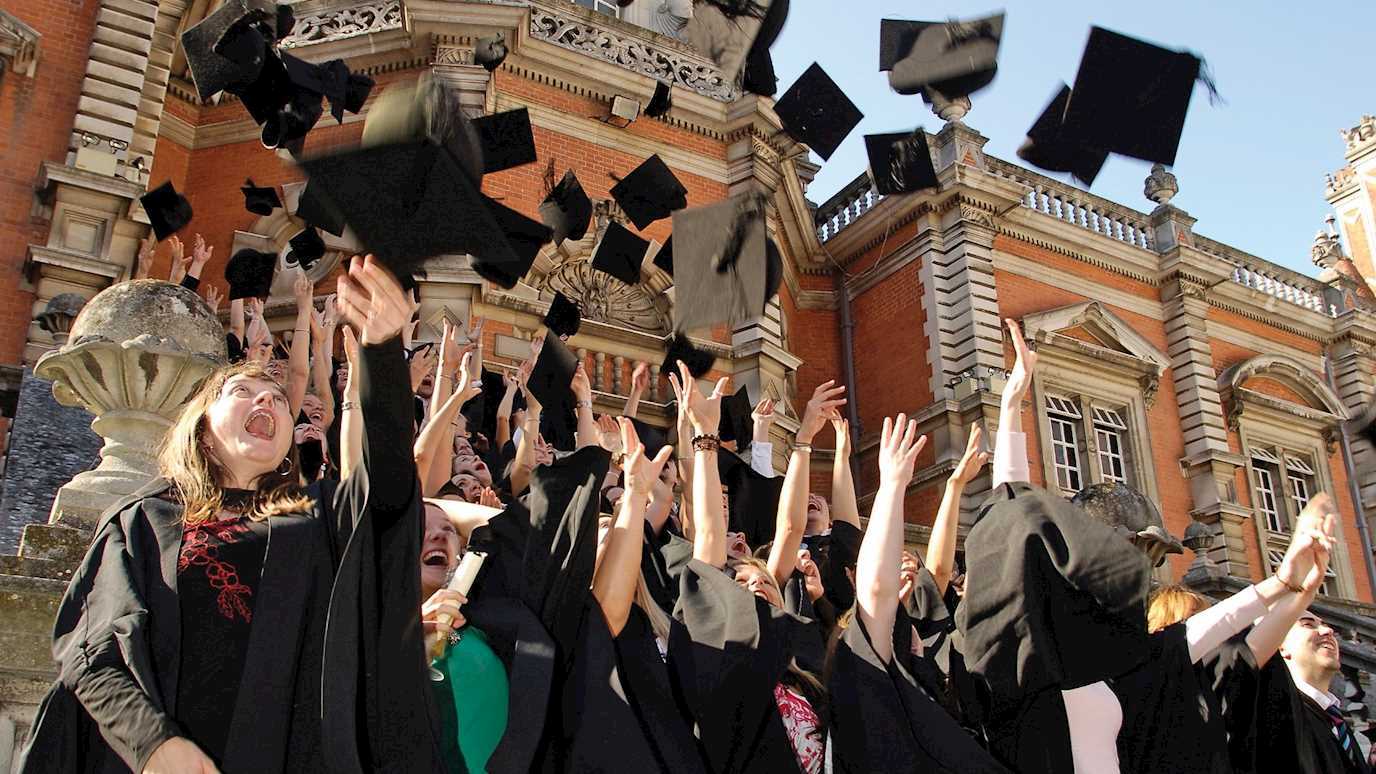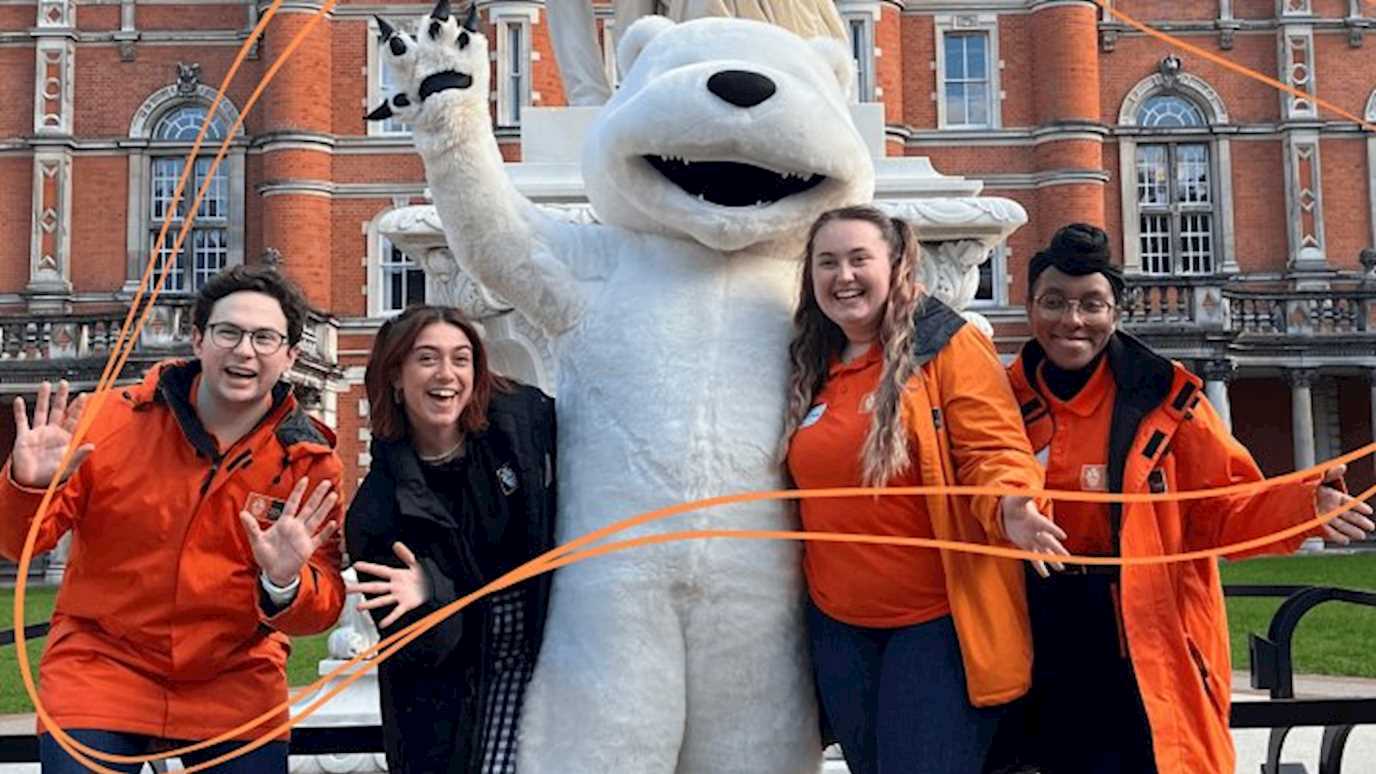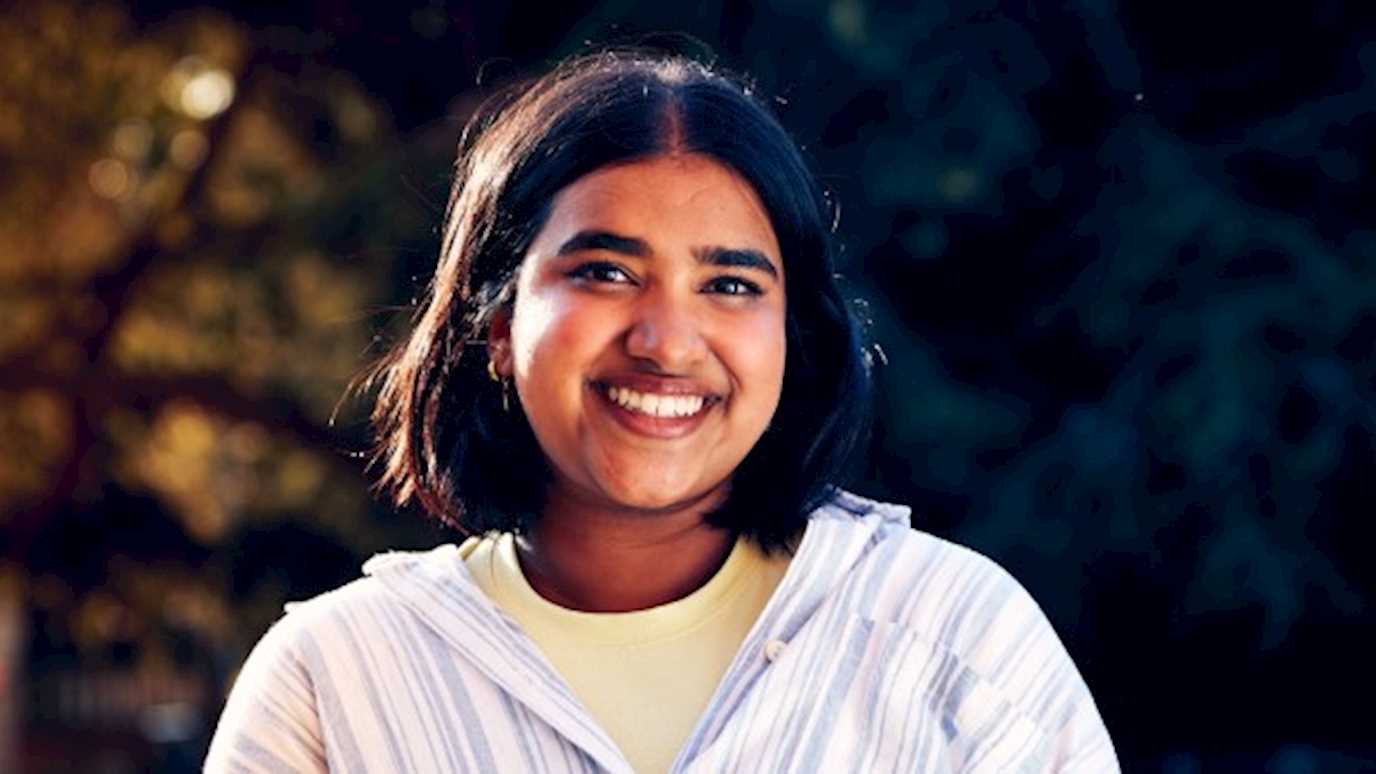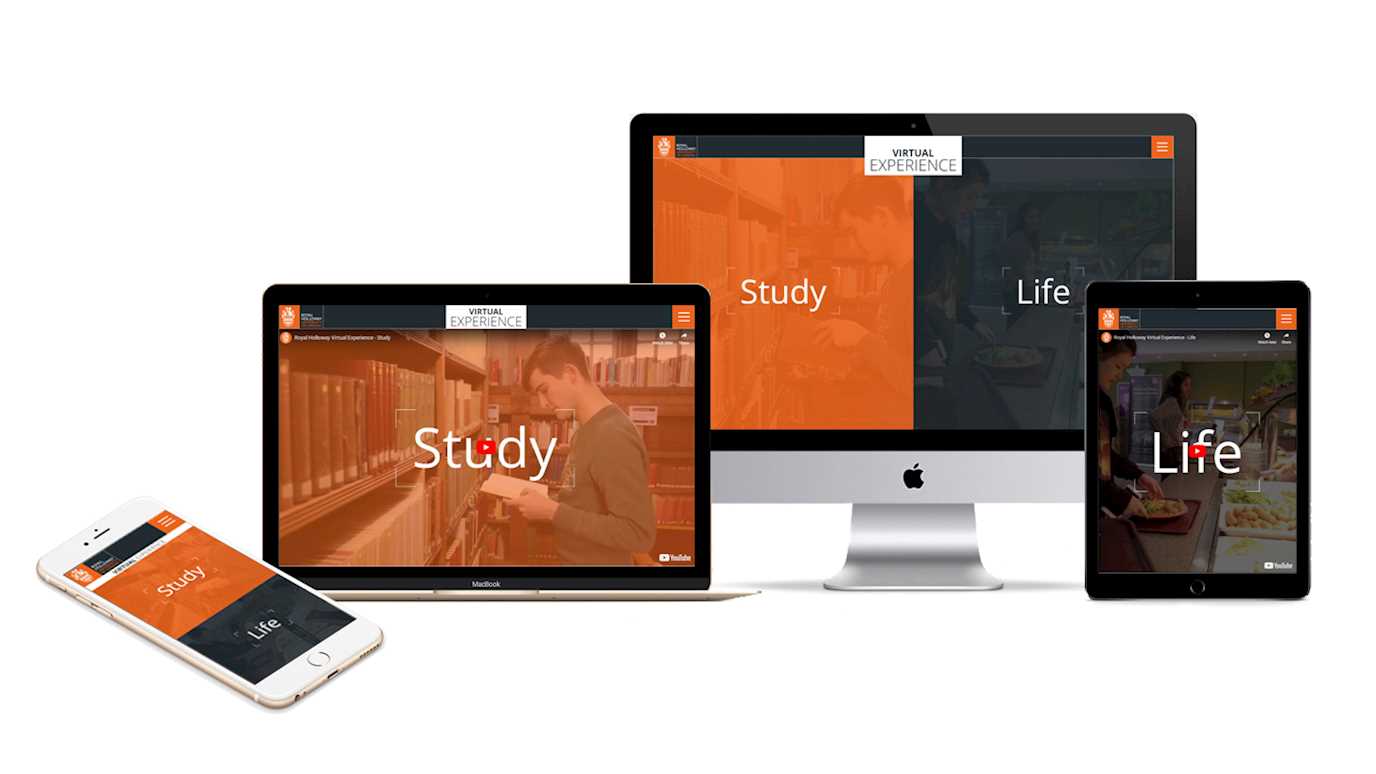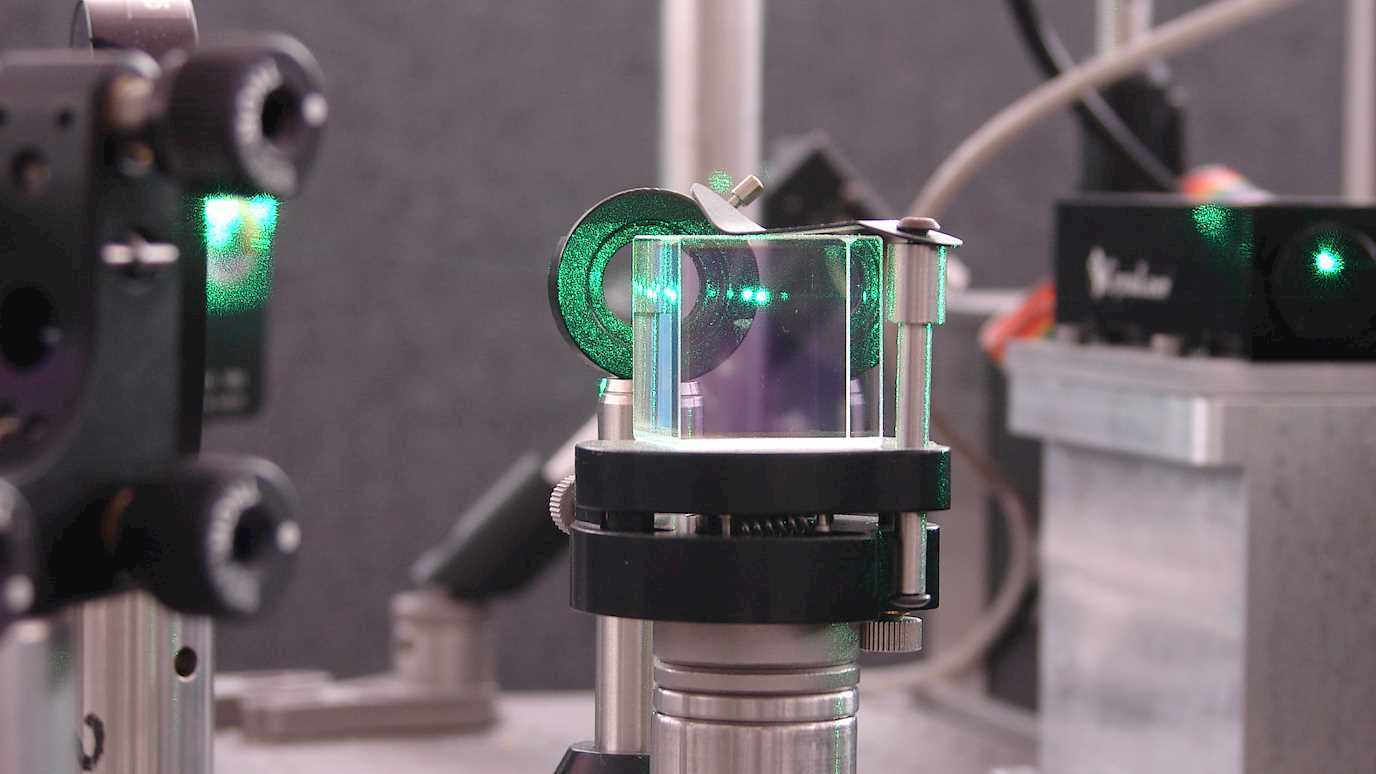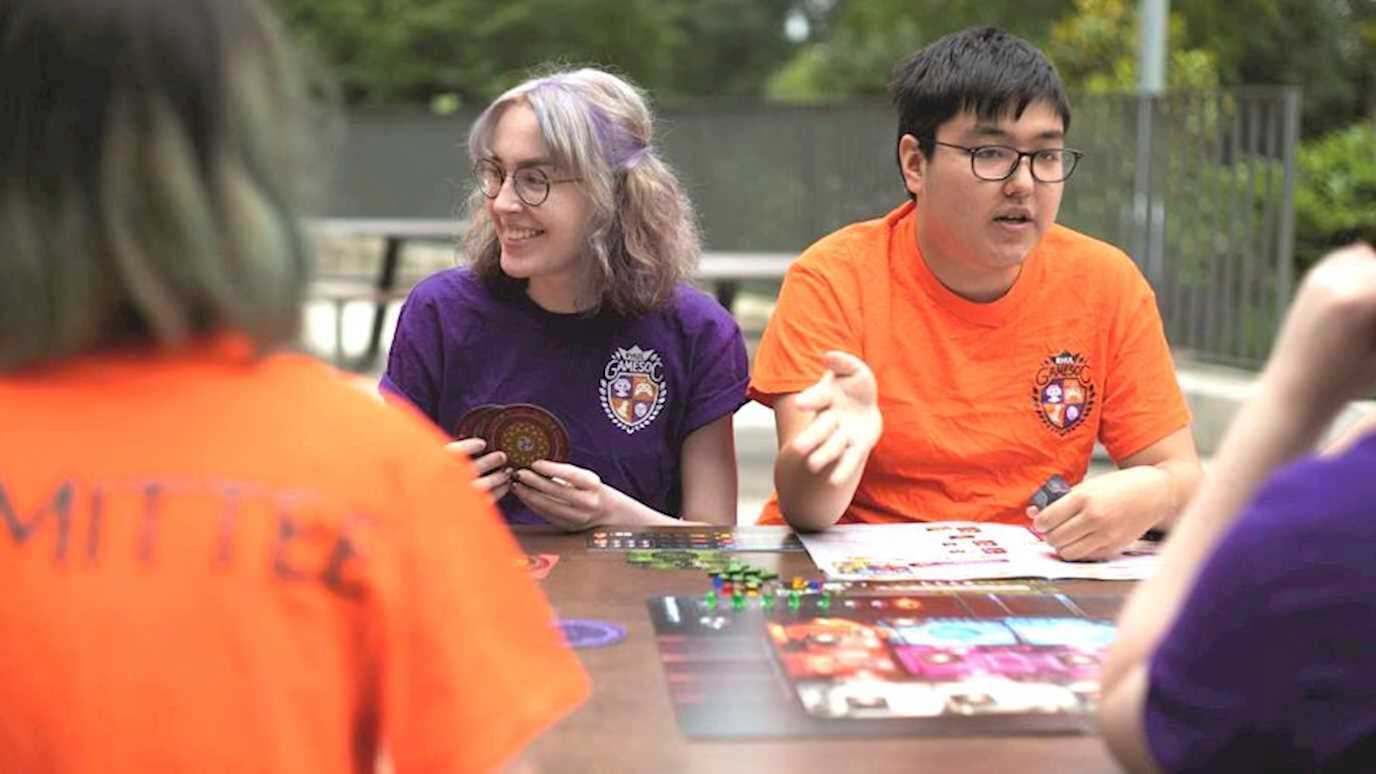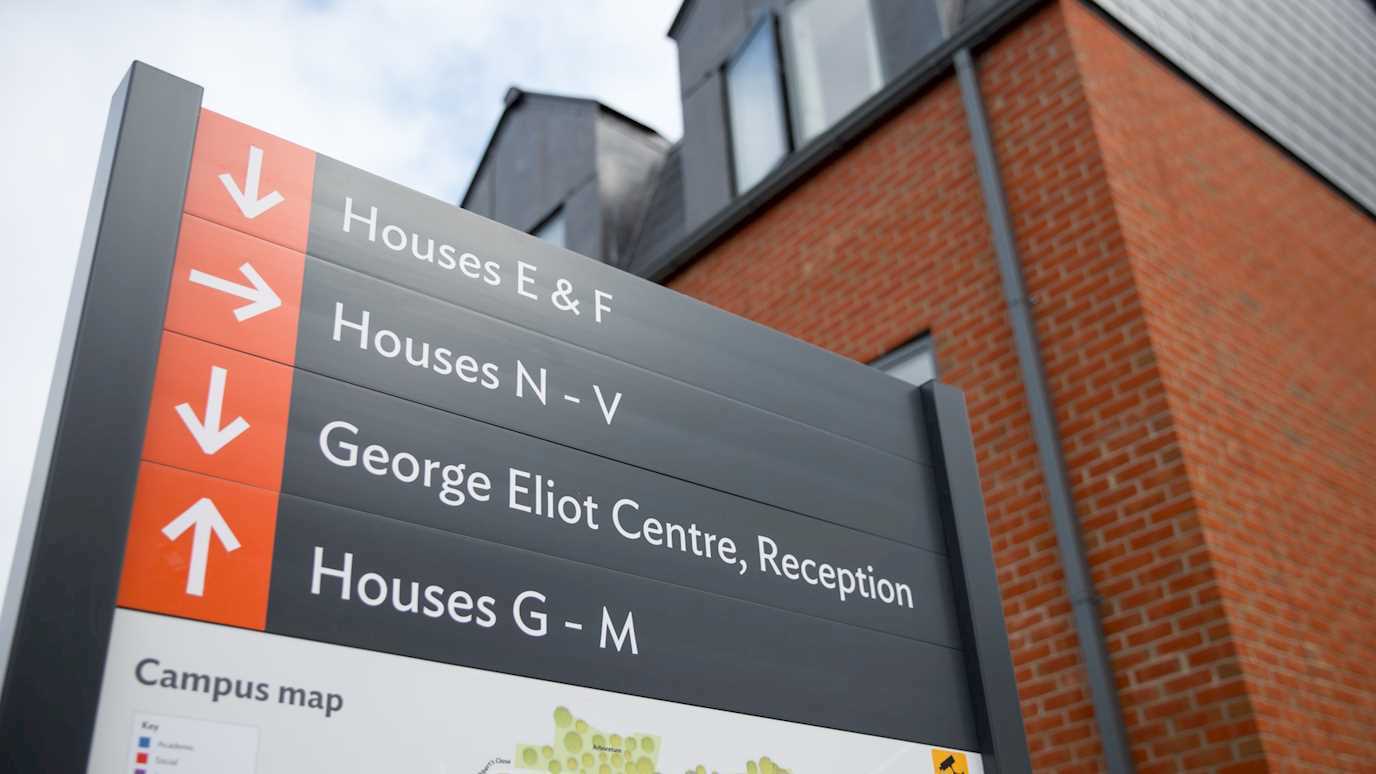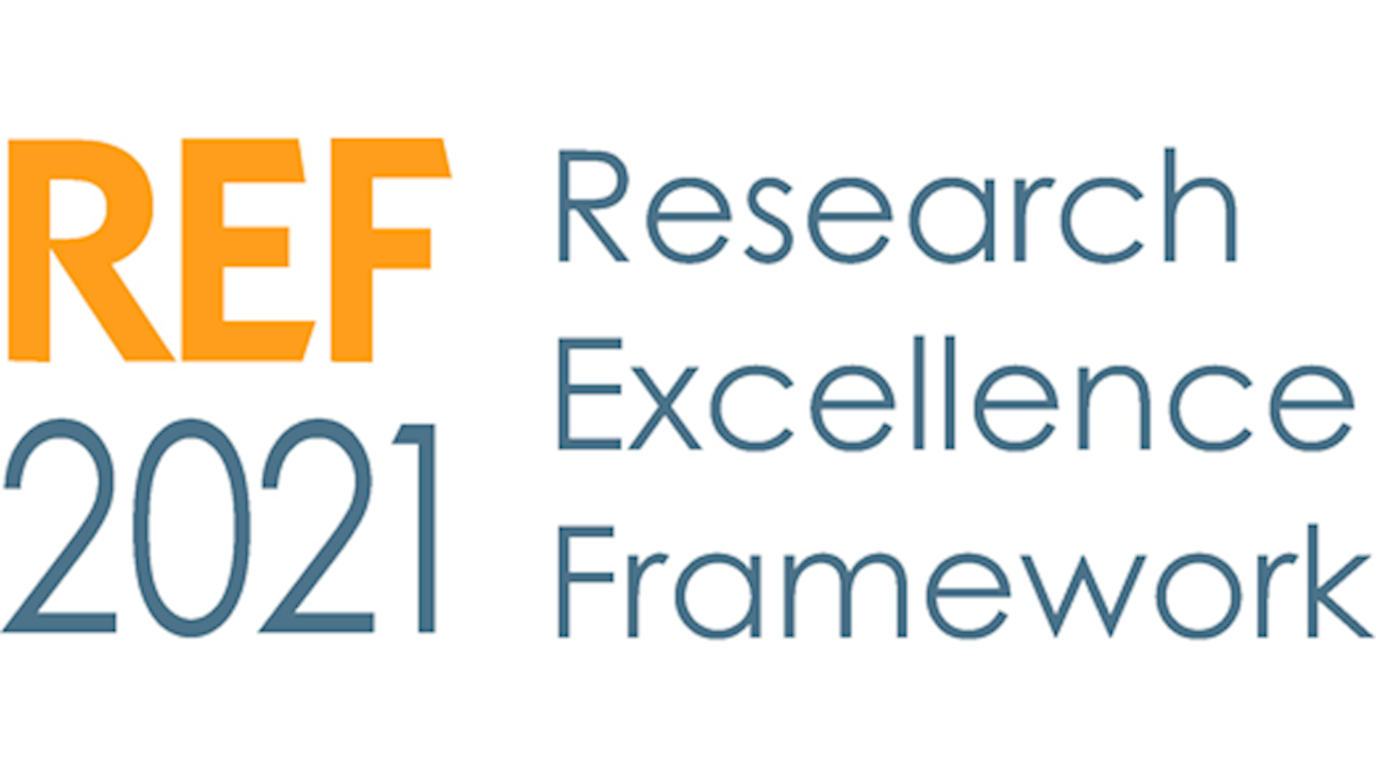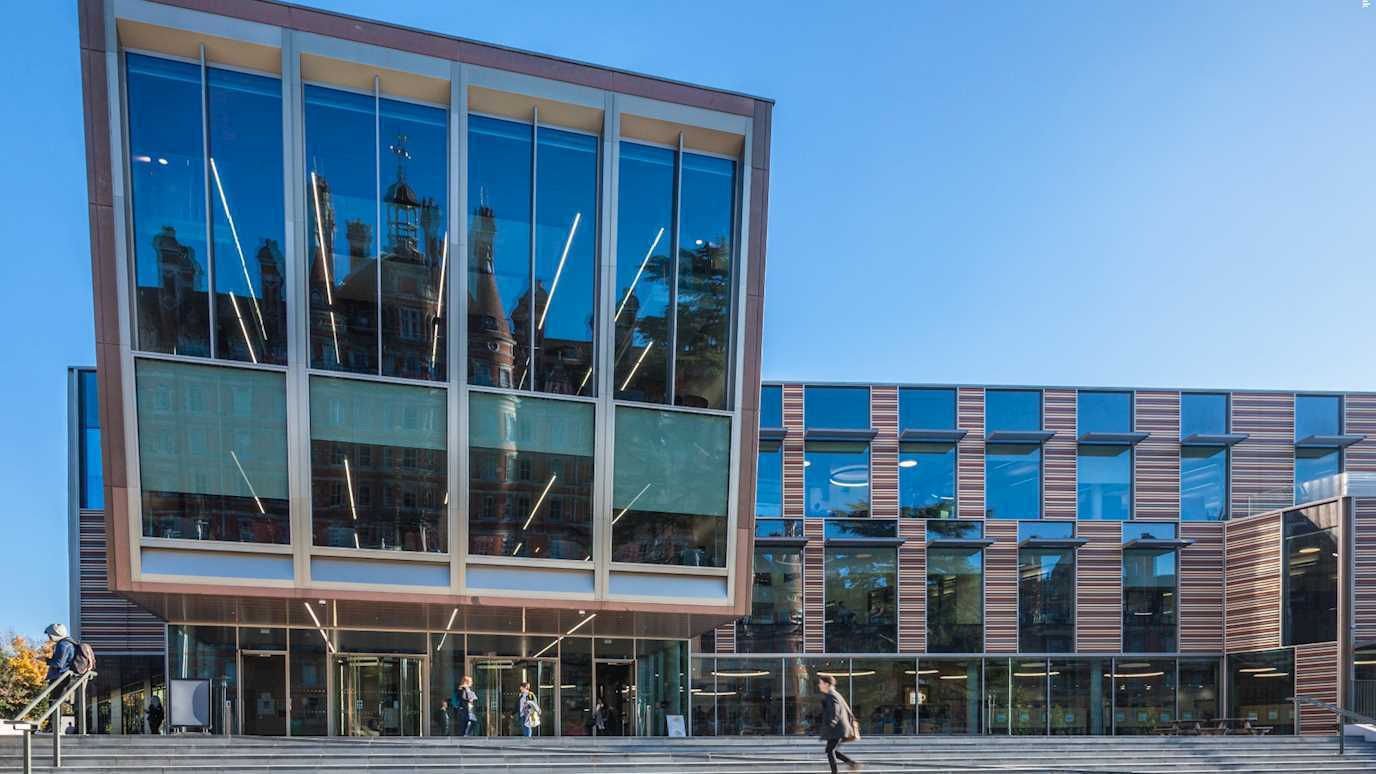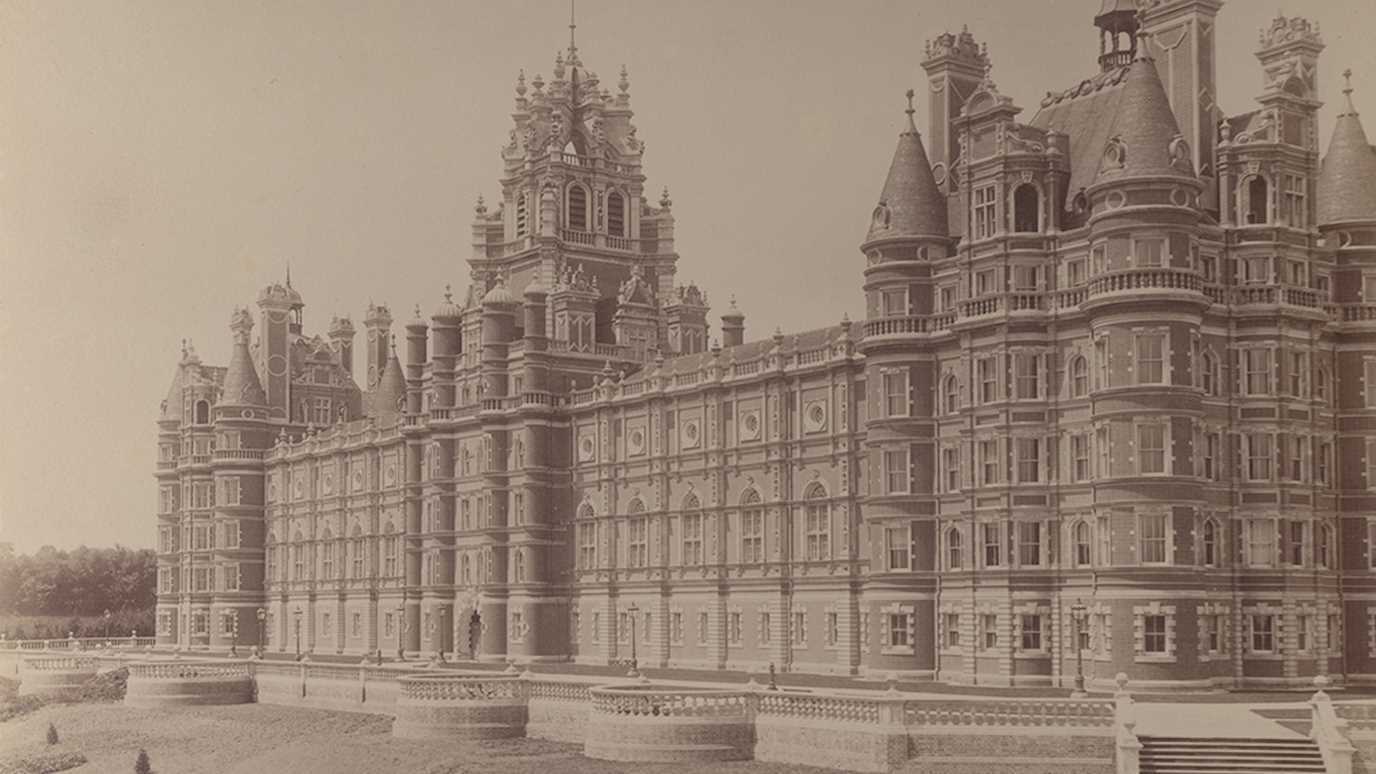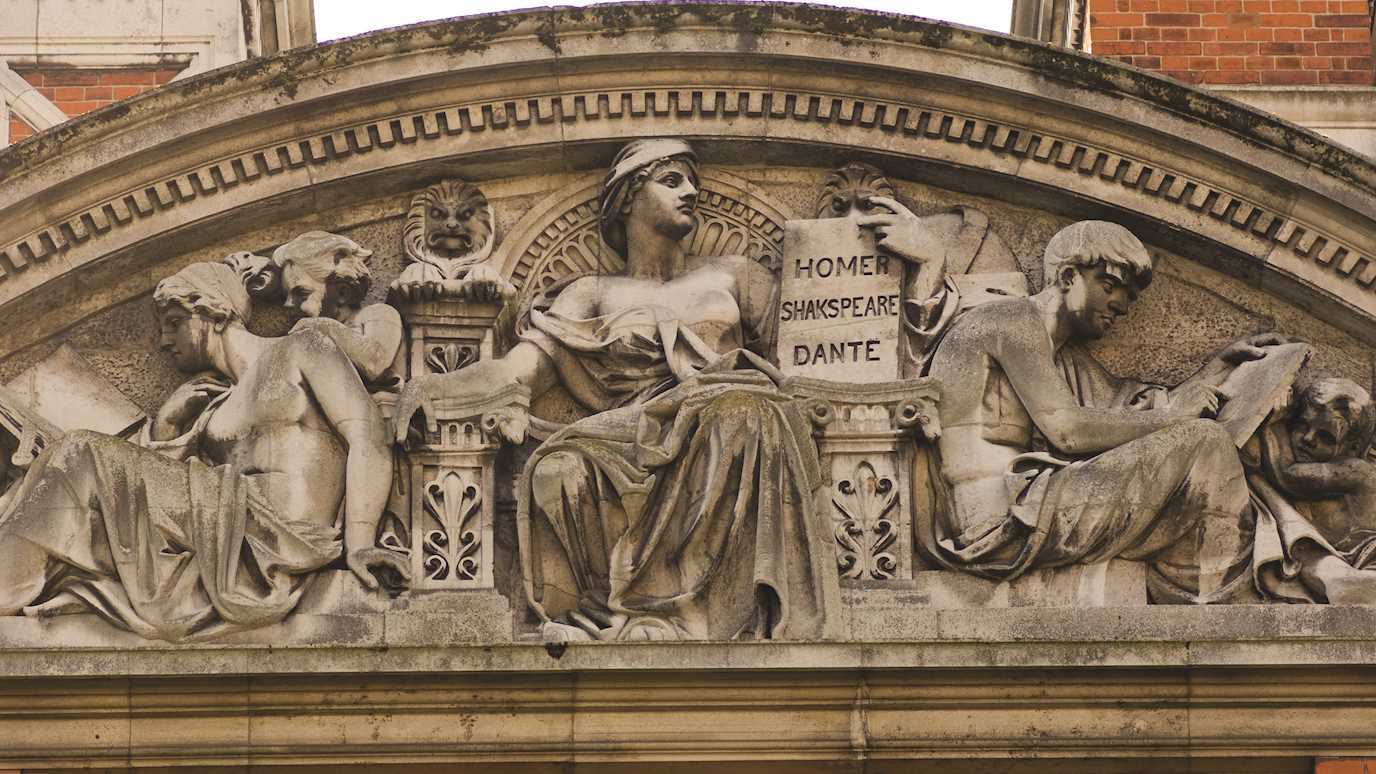Our research groups provide a lively and interactive environment for postgraduates and academic staff. Research group members, including other researchers across other departments and industry, meet frequently and arranges regular research seminars and invited talks with internal and external speakers. These groups also serve as a useful forum for discussing current research activities, formulating ideas, sharing resources, discussing journal articles and problem solving. Students will be expected to become active members of their relevant research group and are also expected to participate in wider Departmental events such as seminars and colloquia.
Current PhD Opportunities
Microwave Photonics and Sensors Group
Microwave Photonics filtering for 5G/6G and beyond spectrum bands.
This project will focus on Microwave Photonics developing experimental techniques for Radio over Fiber (RF) transmission systems where photonic filtering systems of RF Interference (RFI) will be developed at 5G/6G and beyond spectrum bands. The system under study will be focused on all-optical processing and controlling of RF signals for future communication systems using novel practical configuration schemes over a wide range of frequencies with high SFDR, low noise and suppression of high-order harmonics. Novel techniques will be investigated to design and optimise transmission of radio signals over fibre optic modules with desired power consumption, and reduced complexity: Project supervisor Dr Shyqyri Haxha. Project reference: SH1
Autonomous vehicle using LIDAR exploring security vulnerabilities
This project involves building an autonomous vehicle model which uses LIDAR for the purpose of exploring security vulnerabilities in the future automotive self-driving industry. Use Microwave photonic devices/systems to create disruption attempts, then propose and explore possible solutions from testing results. Furthermore, cyber-security in this industry will be explored by means of research and development regarding different technologies. Namely, keyless vehicles, vehicle networking and the modern CAN bus along with their weaknesses could be looked at in hopes of supporting advancements in security, by bringing together or possibly even creating new technologies:Project supervisor Dr Shyqyri Haxha. Project reference: SH2
Nano-Electronics Group
Magnetic vortices in 3D systems
Nanoscale technology enables magnetic behaviour to be controlled using the shape of patterned elements. Magnetic vortices are topological features present in circular elements, in which the magnetization rotates continuously within the structure plane, except for a central core that has perpendicular magnetization. Oscillating vortices have the potential to be used as low power amplifiers, but this function is inhibited if the vortex core magnetization reverses during oscillation. Using micromagnetic modelling, this PhD will explore how producing a 3D magnetic profile may improve vortex core stability and open up new applications for magnetic vortices. Project supervisor Dr Matthew Bryan. Project reference: MT1
Magnetization dynamics in 3D
Movement of domain walls – boundaries between regions of opposing magnetization – is a fundamental mechanism through which magnetization reverses direction. Understanding domain wall behaviour is therefore essential for efficiently switching magnetic states with a device. In planar nanostructures, domain walls have been proposed for several data processing, data storage and sensor applications. 3D fabrication promises opportunities to further expand the capabilities of magnetic devices, but it is unclear how the additional complexity of a 3D system changes magnetic reversal mechanisms. This PhD will examine the role 3D geometries play in determining domain wall structure and motion. Project supervisor Dr Matthew Bryan. Project reference: MT2
Power Systems Group
HVDC a backbone for system resiliency
Following the war of currents, AC has been the technology of choice. Modern power systems include an increasing amount of DC technology, and play an important part in the energy transition. In the transmission system HVDC technology, be it back-to-back, links or multi-terminal networks are being deployed. This PhD investigates how HVDC can support the system, during some of the most challenging conditions, such as black-start and restoration, bad-data-injection as well as dynamic contingency planning. Project supervisor Dr Stefanie Kuenzel and Prof Stephen Wolthusen. Project reference: SK1.
Grid design and optimization including renewables, HVDC and storage
Power systems are undergoing a major transformation, with the large scale penetration of renewables, the need for energy storage and the HVDC as well as electric vehicle area. This grid transformation, entails a very large number of engineering and economic decisions, such as type and location of storage, optimized EV charging, type and location of renewables, location and topology of HVDC technology, where each choice made has a direct impact on the other choices. This optimization further has to work with the infrastructure already in place, guaranteeing optimal utilization. Project supervisor Dr Stefanie Kuenzel. Project reference: SK2.
Audio Biosignals and Machine Learning Group
Advancing the Vocal Tract Organ
The basic functionality of the Vocal Tract Organ was used to create the vowel sound from the Egyptian Mummy, Nesyamun [(Scientific Reports volume 10, Article number: 45000 (2020)]. As an instrument, the Vocal Tract Organ has the potential to become a musical instrument in its own right, especially as a true ‘Vox Humana’ organ stop (existing stops of that name on pipe organs have a rather nasal snarling tone that has little in common with the human voice). This project will seek to create an instrument that explores multi-part vowel textures where dynamic modifications can be made between individual vowels in performance. The practical work will involve the exploration of methods to change the output vowel sound, for example through the use of flexible vocal tracts and/or crossing over dynamically between tracts as well as musical possibilities. Project supervisor Prof David Howard. Project reference: DH1.
Virtual reality exploration of human voice production
The ability to measure the internal dimensions of the human vocal tract has furthered knowledge of vocal tract acoustics and enabled the development of the Vocal Tract Organ. Furthering of this work to enable tract shape modifications to be rendered acoustically coupled with the ability to explore the tract in 3D via virtual reality is the intent of this work. It will involve acoustic modelling of the vocal tract such that the output acoustic signal can be rendered at any point within the tract, ideally in real-time. Potential applications include being able to explore the acoustic effects of surgical modifications to the tract, for example following major head impact trauma, as well as providing a means of furthering understanding of acoustics at different positions within enclosures starting with the vocal tract but with potential to scale up/down to other spaces. Project supervisor Prof David Howard. Project reference: DH2
Deep Learning for brain signals
Deep neural networks (DNNs) are one of the most popular and powerful machine learning systems used by companies such as Facebook and Google. It is therefore not a surprise that their successful applications have been in activities relevant to the cyber-world such as automated captioning of You Tube videos and facial recognition in Facebook images. However, there is a lack of applications in exploiting the deep learning of neural networks for the analysis of biomedical data. In this direction, we have investigated how to reconstruct signals generated deep inside the brain from non-invasive measurements taken from the scalp. This is useful, as this circumvents the need to perform brain surgery to take a closer “picture” of the brain activities and can found applications in rehabilitation such as the prognosis of patients suffering from epilepsy. These brain signals called electroencephalogram (EEG) can also be analysed for other purposes such as the prediction of a person’s movement, the analysis/prognosis of diseases such as Parkinson’s disease and Schizophrenia, and monitoring of mental fatigue. Project supervisor Dr Cheong Took. Project reference: CT1
New Methods and Theories for 3D and 4D Signal Processing
Traditional signal processing and machine learning applications rely on the use of learning methods in the real- and complex-valued domains. However, modern technologies have fueled an ever-increasing number of emerging applications in which signals relies on unconventional algebraic structures (e.g., non-commutative). In this context, advanced complex- and hypercomplex-valued signal processing encompasses many of these challenging areas. In the complex domain, the augmented statistics have been found to be very effective in different methods of machine learning and nonlinear signal processing. However, processing signals in hypercomplex domains enables us to exploit some different properties, albeit raising challenges in designing and implementing new and more effective learning algorithms. More generally, learning in the hypercomplex domain allows us to process multidimensional data as a single entity rather than modelling as a multichannel entity, hence preserving the integrity of the data. In that direction, quaternions have attracted attention in the signal processing and machine learning communities for their capability of dealing with 3D and 4D models, thus providing an exciting area to propose new methodologies in signal processing. Project supervisor Dr Cheong Took. Project reference: CT2
Neuromorphic MPSoC for Olfaction
The recent breakthrough in designing customized neuromorphic chips capable to compute complex neural algorithms and the better understanding of the biological olfactory mechanisms offer the perfect starting point for investigating new neuromorphic algorithms for reconfigurable software-hardware heterogenous platforms with applications in artificial olfaction. The research will explore computational models capable to deploy many parallel computing cores in low cost heterogeneous multiprocessor system on chip platforms and cope with the smell recognition challenges that arise in the very short transitional olfaction signals measurements done in noisy environmental conditions. The project seeks to achieve ultra-rapid olfaction measurements with possible applications in health monitoring and 3D plume odorant mapping. Project supervisor Dr Alin Tisan. Project reference: AT1
Autonomous non-invasive indoor abnormalities detector for elderly occupants
The increasing of elderly population requires a rise in the provision of specialised support services. This provision is putting existing resources under strain as the support requirements for the elderly grow. The dramatic change in human interaction and behaviour triggered by the recent pandemic outbreak has imposed general social distancing, forcing seniors to stay in their own homes whenever possible. The research will explore the development of an end-to-end system, based on a distributed computing paradigm for non-invasive detection of abnormal ambient phenomena (characterised by acoustic, olfaction and electromagnetic signals) to provide an effective care monitoring and decision-making service for domestic environments. Project supervisor Dr Alin Tisan. Project reference: AT2
Study options
PhD in Electronic Engineering
The PhD (Doctor of Philosophy) degree is a four year full-time or eight year part-time programme of research on a topic that is linked to one of the Department’s research groups under the supervision of one of our academic staff who is a specialist in the research field. The core one-word requirement of a PhD is ‘novelty’; there has to be something within a PhD that can be deemed to be novel. This has to be demonstrated by reviewing the research literature mainly during the first 9 months or so to establish a specific area of interest where there is scope for moving knowledge forwards. Then some way of exploring that area formally is established, usually through experimentation, and this phase lasts generally into the third year. The writing of the thesis will usually start during the last 3-6 months of the third year.
MPhil in Electronic Engineering
The MPhil (Master of Philosophy) degree is a three year full-time or six year part-time programme of research on a topic that is linked to one of the Department’s research groups under the supervision of one of our academic staff who is a specialist in the research field. It differs from the PhD (see above) in that there is no expectation of ‘novelty’. Rather, the MPhil degree is based around excellent research that furthers knowledge but that additional knowledge does not have to be novel. This has to be demonstrated by reviewing the research literature mainly during the first 6 months or so to establish a specific area of interest where there is scope for moving knowledge forwards. Then some way of exploring that area formally is established, usually through experimentation, and this phase lasts generally well into the second year. The writing of the thesis generally starts during the last 3-6 months of the second year.
MSc by Research in Electronic Engineering
The MSc by Research is a full-time one year research degree working on a topic that is negotiated with a member of staff during the application stage. This topic will be in an area that fits well within one of the Department’s research groups which are shown here. There are no formal taught modules and the MSc by Research is assessed on the research work itself. Regular supervisions will underpin the research and there will be opportunities to present progress on the research to internal Research Seminars as well as conferences depending on the area of work and progress. At the start of the programme, there will be introductory activities on research skills, giving presentations, writing reports and laboratory safety.
Skills and training
Students discuss their research skills training needs with their supervisor and adviser soon after they start their research degree. Further information and guidance can be found online here. The University's Researcher Development Programme offers a series of transferable skills courses designed for research students to help them to develop their skills alongside their research. Some of these courses are specifically designed to help students complete their research degree, while others help develop more general skills and enhance their employability.
Students on the MSc by Research programme are able to attend any of the 3rd or 4th year modules taught within the Department’s MEng programme as desired to support their research (please note that these are not assessed as part of the MSc by Research).
How to apply
Funding
Each year funding is available for PhD studentships funded by the University (September start date) and allocated to the Department of Electronic Engineering. Applications are invited in specific areas that will enhance our Department’s research capabilities. If you are interested in pursuing one of these studentships in the future, please keep checking this website as the studentships will be posted here. Once applications are invited you can contact the relevant primary supervisor (details will be provided) to discuss the possibility of submitting an application.
All PhD positions (whether self-funded or not) may be applied for only after consultation with a proposed supervisor. That is, before you make an application you will need to find a supervisor by contacting a member of academic staff (with research interests similar to yours), to discuss your proposal. If you find a member of academic staff who is prepared to supervise you, then they will able to answer any questions that you have and help you with your application.
Studentships are available from several sources, which may vary, from time to time, in terms of eligibility and application procedures.
Eligibility
Applicants should ideally hold, or be predicted to achieve, an undergraduate degree or equivalent in Science/Engineering (minimum requirement: 2.1) and meet the University’s English Language requirements (for international students). An MSc in relevant disciplines is desirable but not essential.
The chance of obtaining a studentship is increased for applicants holding a first class Bachelor’s degree and/or a relevant MSc. Please consult with your potential supervisor for advice on whether or not the subject of your degree is acceptable. Overseas applicants are welcome to apply but would be required to cover the difference between UK and overseas tuition fee rates.
Applying
Step 1
Take a look at the project you are interested in and read the profile of the associated supervisor. If you are interested in applying, please contact the supervisor shown and find out whether they would be prepared to supervise you. You can then start to carve out your specific ‘research plan’ with advice from your potential supervisor. Applications submitted without the agreement of the potential supervisor are unlikely to be considered. Each supervisor may have further or specific requirements for applicants.
Step 2
Your application must be submitted through the University online application system, for which you need to register at the outset of the process. The online application system provides a lot of detail, including a list of documents that are required for each PhD application. You will need to nominate two referees (neither of which should be your proposed supervisor) on this online form. They will be contacted by the University directly, but it is always a good idea for you to contact referees before you submit your application to make them aware of your plans, and so they can respond to the University request swiftly.
Step 3
Please provide:
- an up-to-date CV;
- all degree transcripts (plus certificate if available) and copies of any other qualifications (in English);
- copies of English language qualifications (if English is not your first language);
- contact details for two references;
- a research statement/proposal; and
- a financial plan. For these studentships it will be assumed that the stipend will be sufficient to fund your day to day living expenses, however you will also be required to have considered (with the help of your intended supervisor) how any specific costs associated with the research project (such as participant payments, travel costs or other equipment costs) will be met during the study period.
Once you have carefully checked your application press the submit button. Your application is on its way!

